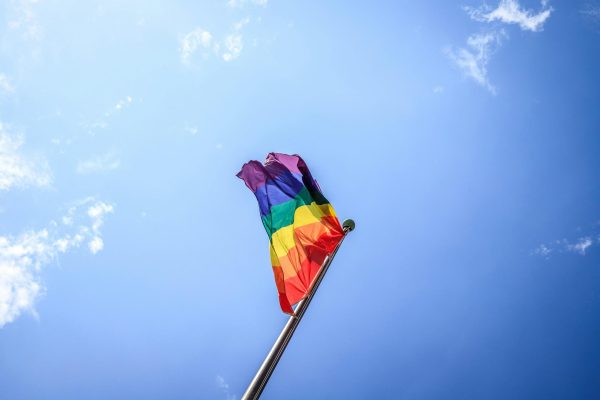Recent Supreme Court Headlines Explained
Understanding the language behind, and effects of new SCOTUS rulings
Recent headlines surrounding SCOTUS (the Supreme Court of the United States) decisions and opinions on cases like Roe v. Wade and West Virginia v. EPA (Environmental Protection Agency) have drawn most Americans’ attention.
Terms like overturn, reopen, etc. can come across as confusing or intimidating as they are unfamiliar to most citizens. A ruling describes the virtually final judgment of how a law, determined by the House and Senate, is applied to a specific case.
In the recently revisited case of Roe v. Wade , the previous ruling of the court was overturned. The initial results of the case instituted access to reproductive healthcare as a constitutional right.
SCOTUS is the court charged with ensuring the American people the promise of equal justice under law and also functions as guardian and interpreter of the Constitution.
Often called the final arbiter of the law, SCOTUS has the legal authority to decide disputes of the highest ranking across all US Courts. The arbiter’s decisions are made based on the rules of law and equity, as they interpret said laws prescribed in the Constitution.
The current group of justices interpreted the law differently than the group of sitting justices that made up SCOTUS in 1973 when the case was brought to the court.
Overturning a decision on a case, when translated to more easily understandable language, means SCOTUS disagrees with a decision made previously by a lower or equally powerful court.
To be clear, overturning a case does not immediately change the laws that were enacted as a result of its ruling, but starts the process of reversing how those laws are implemented.
In the case of West Virginia v. EPA, argued this year, the court decided the EPA does not have the power to control greenhouse gas emissions from power production by requiring changes to electrical grid systems.
The decision narrowed the EPA’s power to regulate carbon emissions under the Clean Air Act, last passed in 1990, of existing power plants.
SCOTUS holds more power than other, lower courts as it is the highest ranked court. Its decisions are effectively final and face little to no dispute. The collective decisions and opinions of these nine individuals directly affect over 332 million American citizens.
Unsurprisingly, when these nine individuals come to a decision on any issue, especially one holding as much power over women and others such as reproductive health care, the nation is quick to pay attention.
Your donation will support the student journalists of East Lyme High School. Your contribution will allow us to purchase equipment and cover our annual website hosting costs.
